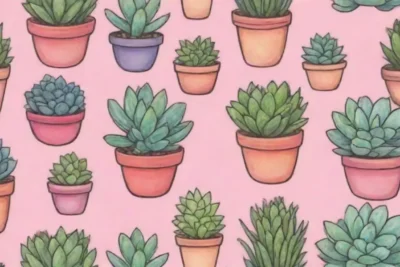
Key Indicators of Healthy vs. Unhealthy Growth in Succulents
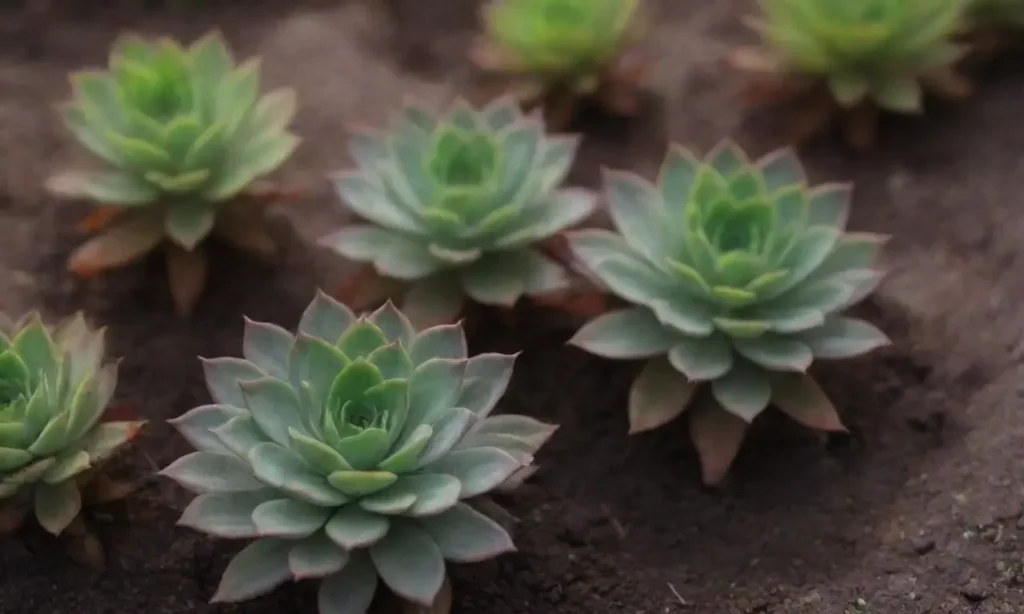
Introduction
Succulents are an increasingly popular choice for indoor and outdoor gardening enthusiasts due to their ability to thrive in various environments and their striking visual appeal. These plants are characterized by their thick, fleshy tissues that store water, allowing them to withstand periods of drought while adding diversity and color to any space. However, understanding the differences between healthy and unhealthy growth in succulents is essential for ensuring that they flourish, thrive, and remain visually appealing.
This article aims to provide an extensive examination of various indicators that define the health status of succulents. We will explore the signs of healthy growth, what to look out for in unhealthy plants, and offer insights on how to correct issues to maintain the overall well-being of these unique plants. By the end of this article, you will be equipped with essential knowledge and tips to foster a thriving succulent collection.
Signs of Healthy Succulent Growth
Healthy succulents exhibit numerous defining traits, conveying that they are thriving in their current conditions. One of the most apparent indicators is the color of the leaves. Healthy succulents typically sport rich, vibrant colors, ranging from deep greens to vivid reds and blues, depending on the species. The pigmentation reflects not only the plant's well-being but also signifies that they are receiving adequate light —either natural or artificial— as well as proper nutrient intake.
Another indicator to consider is the plumpness of the leaves. A healthy succulent will have firm, erect leaves filled with moisture, exhibiting the lush, full appearance. If the leaves begin to feel mushy or wilted, or if they start curling at the edges, this may indicate overwatering or root rot. Proper hydration is crucial for succulents; however, it's essential to strike a balance to prevent excess water from compromising their health.
In addition to color and texture, examining the growth pattern of your succulent can provide insight into its health. Healthy succulents will show consistent growth, forming new leaves or offsets periodically. New growth indicates that the succulent is adapting favorably to its environment. If the plant appears stagnant with minimal or no growth over time, this can be a warning sign that something may be amiss with its care—whether it be inadequate light, insufficient soil nutrients, or a problematic watering routine.
Indicators of Unhealthy Succulent Growth
Recognizing the signs of unhealthy growth in succulents is equally important for maintaining a flourishing plant garden. One of the most telling signs of a struggling succulent is the development of discoloration. Leaves may begin to turn yellow, brown, or black, indicating that the plant is experiencing issues related to overwatering, pest infestation, or nutrient deficiencies. For example, yellowing leaves could signify that the plant is receiving too much water, leading to root rot, whereas dark spots may suggest that it's suffering from a disease or infection.
Wilting is another common indicator that a succulent is not thriving. While some leaf drooping can be natural for water-storing plants during extreme temperatures or drought stress, consistent wilting is a cause for concern. This condition often points to a lack of proper hydration or excessive light exposure, both of which can ultimately lead to the plant's demise. Additionally, if the plant appears to be stretching or becoming leggy, this could indicate it is struggling to access adequate light, resulting in weak stems that elongate as the succulent reaches toward a light source.
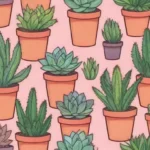 Exploring How Temperature Affects Succulent Growth Behavior
Exploring How Temperature Affects Succulent Growth BehaviorPest infestations can also severely affect the health of succulents, making the observation of any sticky residue on the leaves crucial. This residue often indicates the presence of pests, such as aphids or mealybugs, which can drain the plant of vital nutrients and moisture. If you notice a sticky layer on your plants or a change in their appearance due to pest presence, it is vital to take immediate action to eliminate the pests and restore the health of your succulent.
Environmental Factors Impacting Succulent Health
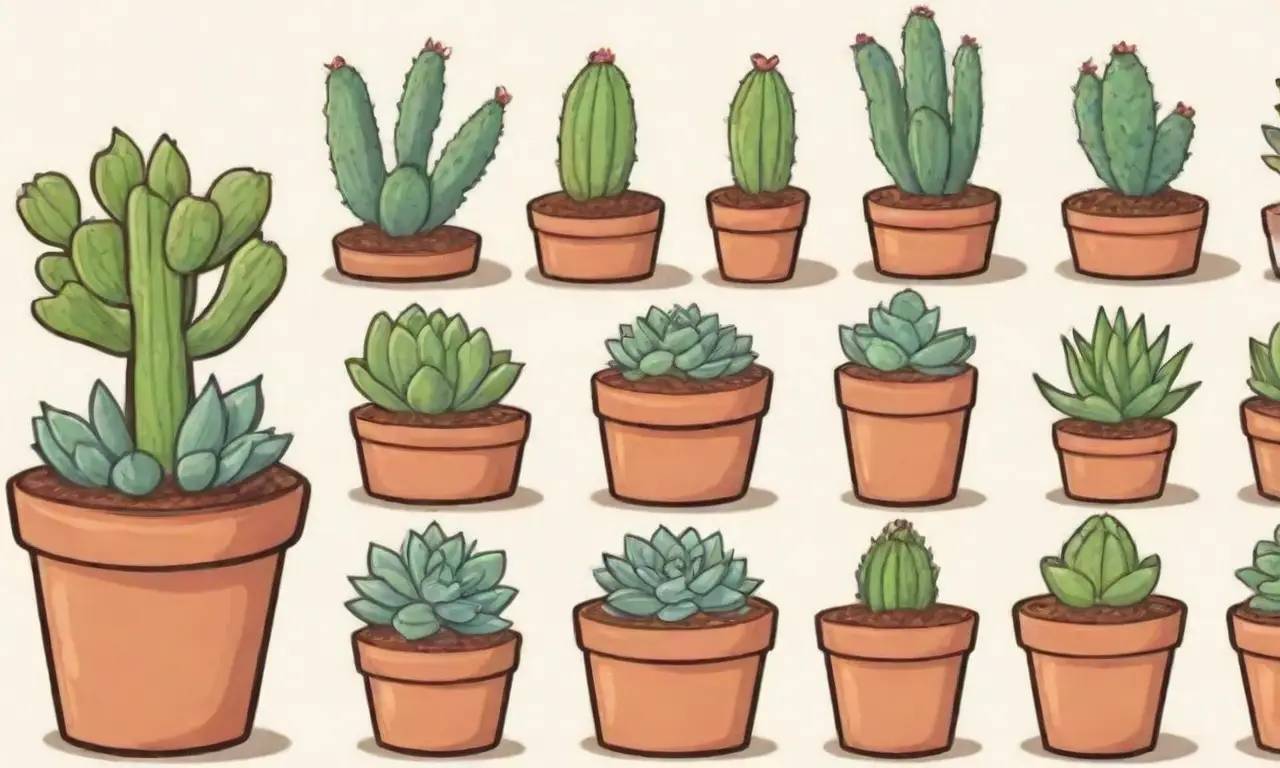
To ensure your succulents remain healthy, it's imperative to consider their environment, including light, temperature, and humidity levels. Succulents thrive in bright, indirect sunlight. While they can tolerate direct sunlight for short periods, too much intensity can lead to sunburnt leaves, characterized by brown or bleached patches. On the other hand, insufficient light may cause the plants to elongate as they stretch toward the light source, resulting in leggy growth. In general, it's essential to observe how your succulents respond to their lighting conditions and adjust their placement as needed to support optimal growth.
Temperature is another critical factor closely tied to succulent health. Most succulents thrive within a temperature range of 60°F to 80°F (15°C to 27°C). Extreme temperature fluctuations, whether hot or cold, can result in stress and adversely affect growth. For instance, sudden cold snaps below freezing can damage or kill sensitive succulents. A stable indoor growing environment that avoids draughty spots and keeps the temperature relatively consistent can promote healthier succulents.
Moreover, humidity levels play an essential role in succulent health. Succulents prefer low humidity environments, which mimic their natural desert habitat. High humidity can lead to problems like fungal infections and rot. If you live in a humid area, it's advisable to ensure proper air circulation around your succulents or use adequate drainage in your pots to prevent excess moisture from accumulating.
Proper Care Techniques for Healthy Succulents
To establish conducive conditions for optimal succulent growth, it is essential to adopt proper care techniques. First and foremost is developing a suitable watering schedule. Overwatering is one of the primary culprits behind succulent issues. As a rule of thumb, succulents should be watered thoroughly and then allowed to dry out completely before the next watering. Feel the soil—if it's still damp, it's too soon to water again. Generally, watering once every two to three weeks is sufficient, but this can vary depending on the seasons, light, and humidity levels.
Soil selection is another critical aspect of succulent care. Well-draining soil is vital to promote proper moisture levels and prevent root rot. A cactus or succulent potting mix often contains perlite or sand to improve drainage. You can create your own mix by combining standard potting soil with sand or grit. Regardless of the mix you choose, make sure your chosen potting medium has adequate drainage holes to allow excess water to escape easily.
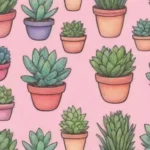 Unveiling the Secrets of Succulent Growth Patterns for Beginners
Unveiling the Secrets of Succulent Growth Patterns for BeginnersFertilization can enhance succulent growth as well. While succulents are not heavy feeders, a diluted liquid fertilizer during the growing season—spring and summer—can provide the necessary nutrients without overwhelming the plants. It is essential to follow the manufacturer's instructions for dilution to prevent over-fertilization, which can lead to salt build-up and root damage.
Conclusion
Understanding the key indicators of healthy and unhealthy growth in succulents is essential for ensuring they thrive in your care. By recognizing the signs of vibrant growth—such as rich color, plump leaves, and consistent development—you can appreciate your plants' overall health and beauty. Conversely, being vigilant about the symptoms of poor health, including discoloration, wilting, and the presence of pests, allows you to address problems proactively and keep your succulents in optimal condition.
Moreover, environmental factors, cultivation methods, and proper care techniques each play a significant role in the overall health of your succulents. Adequate light, temperature control, low humidity levels, and thoughtful watering practices contribute to your plants’ success. By implementing these strategies and staying attentive to your succulent’s needs, you can cultivate an impressive collection that flourishes over time.
In summary, maintaining healthy succulents requires a blend of observation, knowledge, and good care practices. With the right understanding of indicators for both healthy and unhealthy growth, you can enjoy your succulent plants to their fullest potential. Remember that the journey of traditional gardening aligns beautifully with their unique adaptations, presenting opportunities for learning and fulfillment along the way. Embrace the process, and your succulents will reward you with their stunning beauty and resilience for many years to come.
If you want to read more articles similar to Key Indicators of Healthy vs. Unhealthy Growth in Succulents, you can visit the Growth Patterns category.

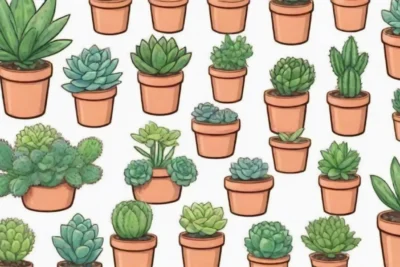
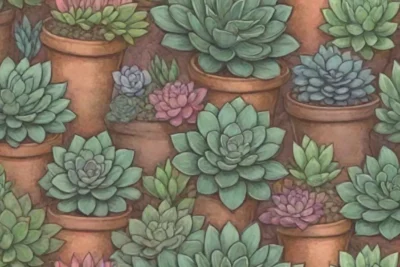
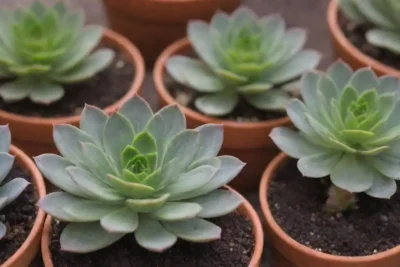
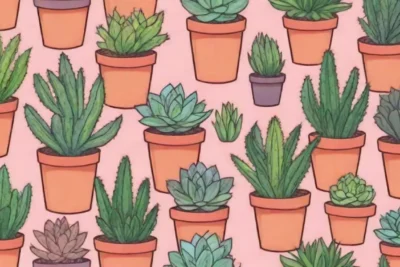
You Must Read